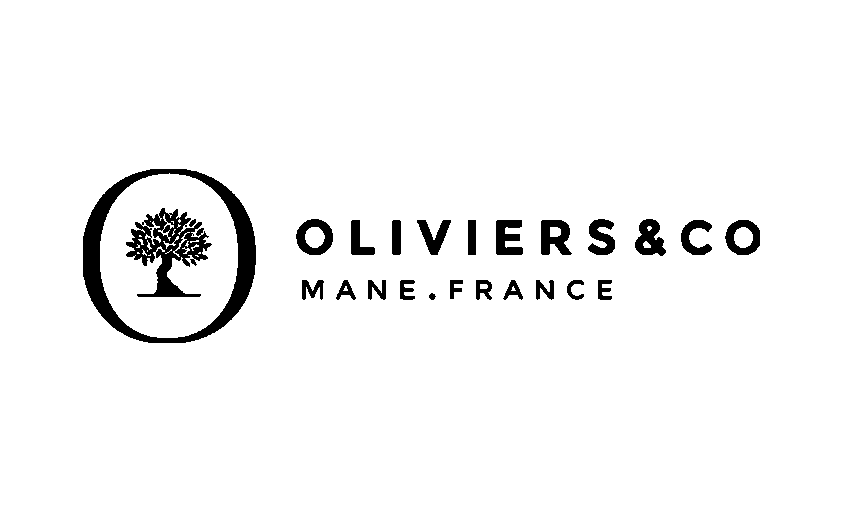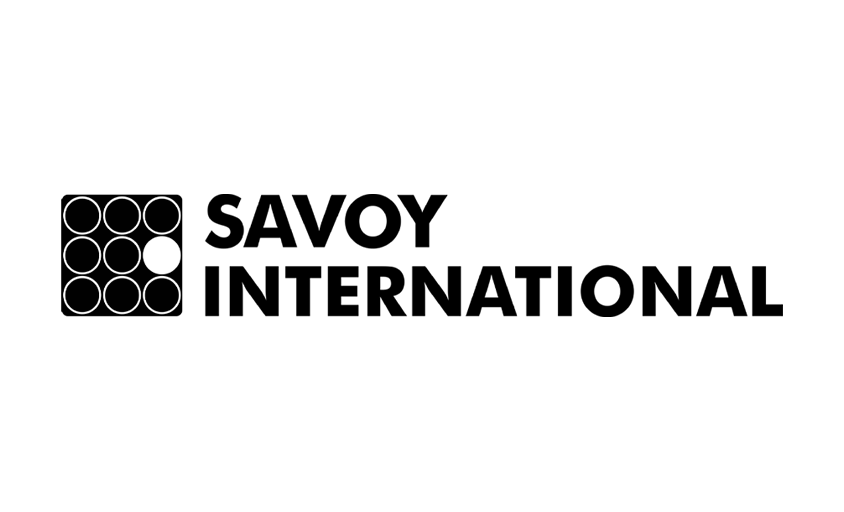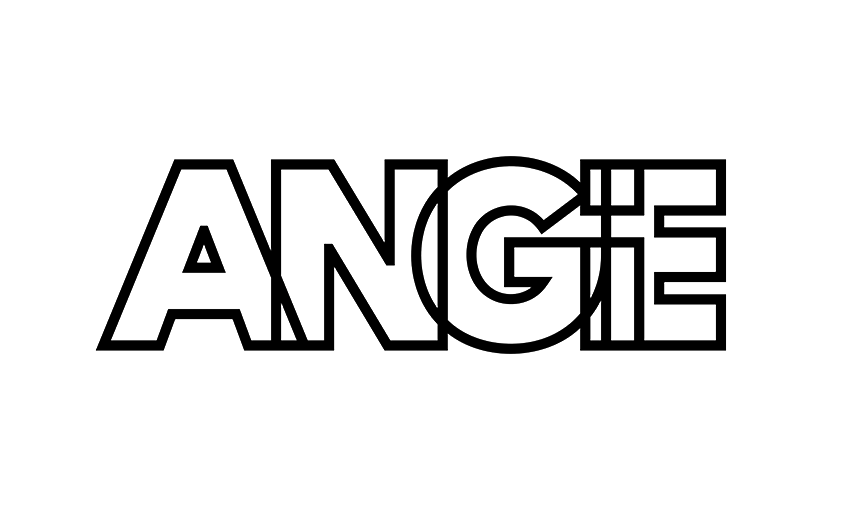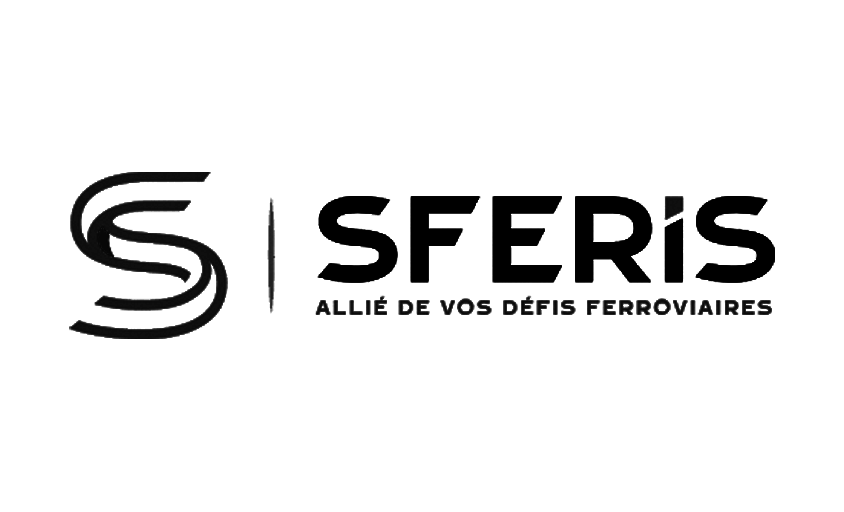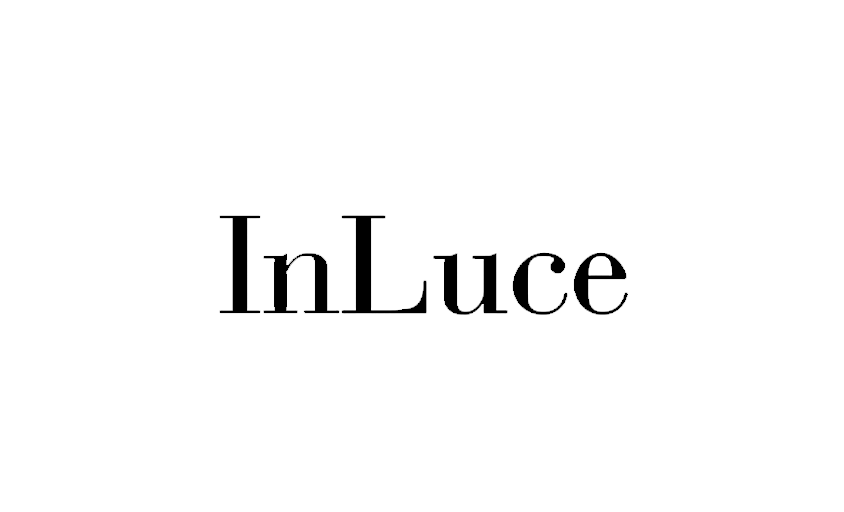Motion Blur
In this article :
Motion blur is a photographic effect where movement of the subject or camera during exposure creates blurred areas in the image, illustrating motion and speed. This effect can be intentional, to add a dynamic dimension to the image—or unintentional, resulting from camera instability. When mastered, motion blur becomes a powerful creative tool, giving photographers the ability to capture time and motion in a unique and expressive way.
Principles of Motion Blur
Motion blur occurs when the exposure time is long enough to record the movement of the subject or the camera on the sensor. The intensity and direction of the blur vary depending on the speed of movement and the duration of the exposure. It can be used to:
- Emphasize Movement: Highlight the speed of a moving subject, such as a car or a runner.
- Add Life to Scenes: Convey a sense of liveliness in dynamic environments like urban streets or natural settings.
Techniques to Create Motion Blur
- Shutter Speed Adjustment: Using a slow shutter speed increases exposure time, allowing movement to be captured as blur.
- Camera Movement: Intentionally moving the camera during exposure creates directional blur, adding a sense of motion to the image.
- Subject Tracking (Panning): By following the subject’s movement with the camera during exposure, the subject remains sharp while the background blurs, enhancing the feeling of speed.
Avoiding Unwanted Motion Blur
While motion blur can be desirable, it’s often an unwanted effect caused by low-light conditions or the use of a telephoto lens. To minimize it:
- Use a Tripod: Ensures camera stability during long exposures.
- Increase ISO: Allows for faster shutter speeds, reducing the risk of blur.
- Image Stabilization: Lenses or cameras with built-in stabilization help reduce blur from slight camera movements.
Conclusion
Motion blur in photography is a versatile phenomenon that offers photographers the freedom to explore and represent movement in a visually captivating way. Whether used to express the speed and energy of a scene or as a deliberate artistic effect, motion blur invites a creative approach to image-making, transforming fleeting moments into enduring works of art.
Jérémy Carlo is the editorial director at Rétines, where he ensures the consistency and clarity of all content produced by the studio.
Our Clients
Let’s discuss
What we do for you at Rétines
Meticulous work, an organised project and fast delivery. And to achieve this, we mobilise the right resources in our teams at the right time.
01
Pre-production
Artistic and technical direction tailored to the project.
Relevant recommendations on content, form and resources.
02
Photo Shooting
Photos taken by our experienced photographers.
Production that’s controlled, efficient and tailored to the needs of the project, with nothing superfluous.
03
Retouching
Technique
Photographs magnified by our retouching team.
Post-production to meet the commercial challenges of the brief.



